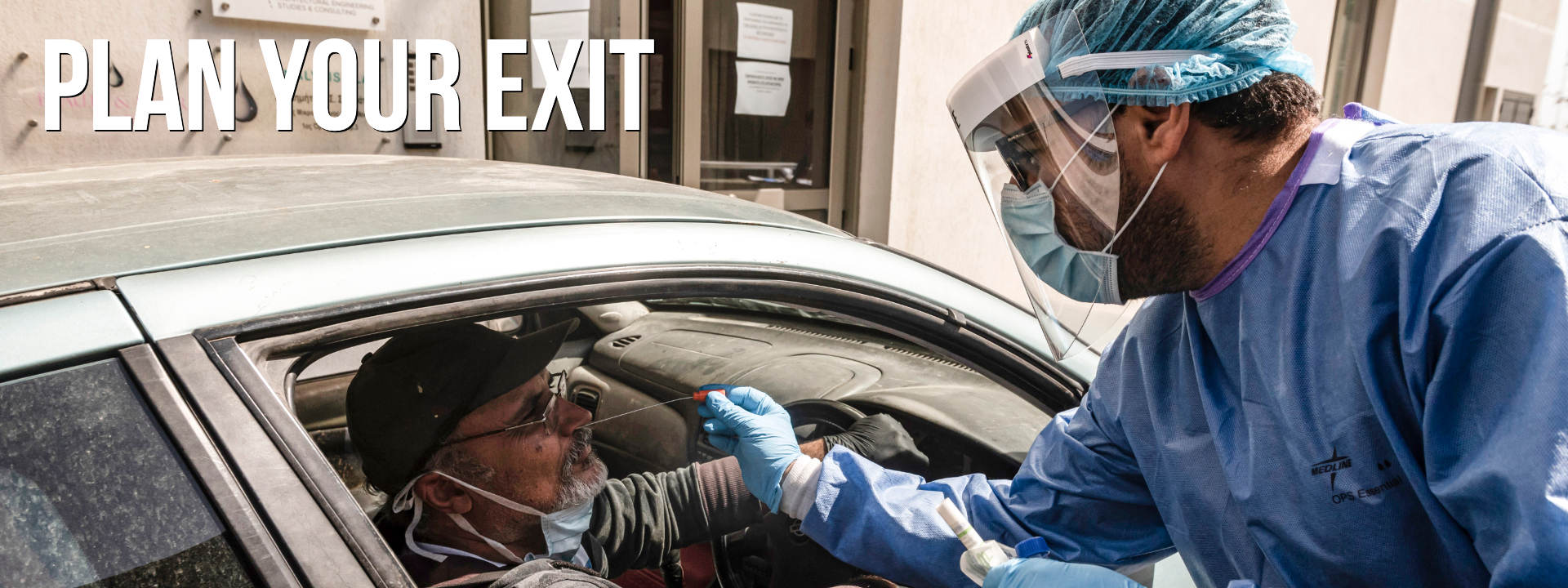
A drive-through testing facility in a Cypriot village. /Iakovos Hatzistavrou/AFP
A drive-through testing facility in a Cypriot village. /Iakovos Hatzistavrou/AFP
When a crisis occurs, our first thoughts are usually about how to face it, to lessen its effects, to ameliorate the symptoms: essentially, coping strategies. In the shock of the moment, the main concern is the present: contemplation of past reasons and future plans can wait for a calmer day.
However, at some point in a pandemic, authorities have to start preparing for that future day. Initially the focus will be on limitation, then treatment; but all the while, there has to be some notion of a plan to end the crisis and plot a way back to normality.
In the COVID-19 crisis, this plan has been widely referred to as the exit strategy. It's an interesting phrase, which seems to have originated in the military – it was used at the White House as the Vietnam conflict grew ever messier – but has since widened into usage for minimizing the damage from leaving any difficult situation.
READ MORE: Wuhan lockdown worked. But how?
A global pandemic is certainly that, and the difficulty is exacerbated by uncertainty. Much is still unknown about COVID-19, right down to a reliably accurate estimation of its mortality rate – which depends on the number of confirmed cases, which depends on widespread testing, which hasn't happened yet.
Even so, time is passing – and as it does so, patience is receding. With around a fifth of the world under lockdown, an understimulated population has plenty of time to wonder exactly how long this will last. For the majority, fear of death is enough to keep them socially distancing and self-isolating – but what if they are among the many who find themselves unemployed, eating through their savings and wondering how long they can last?
Until we get testing done on a very much wider scale, we're not going to begin to manage this… we really haven't a clue where we are
- David King, former chief scientific advisor to the UK
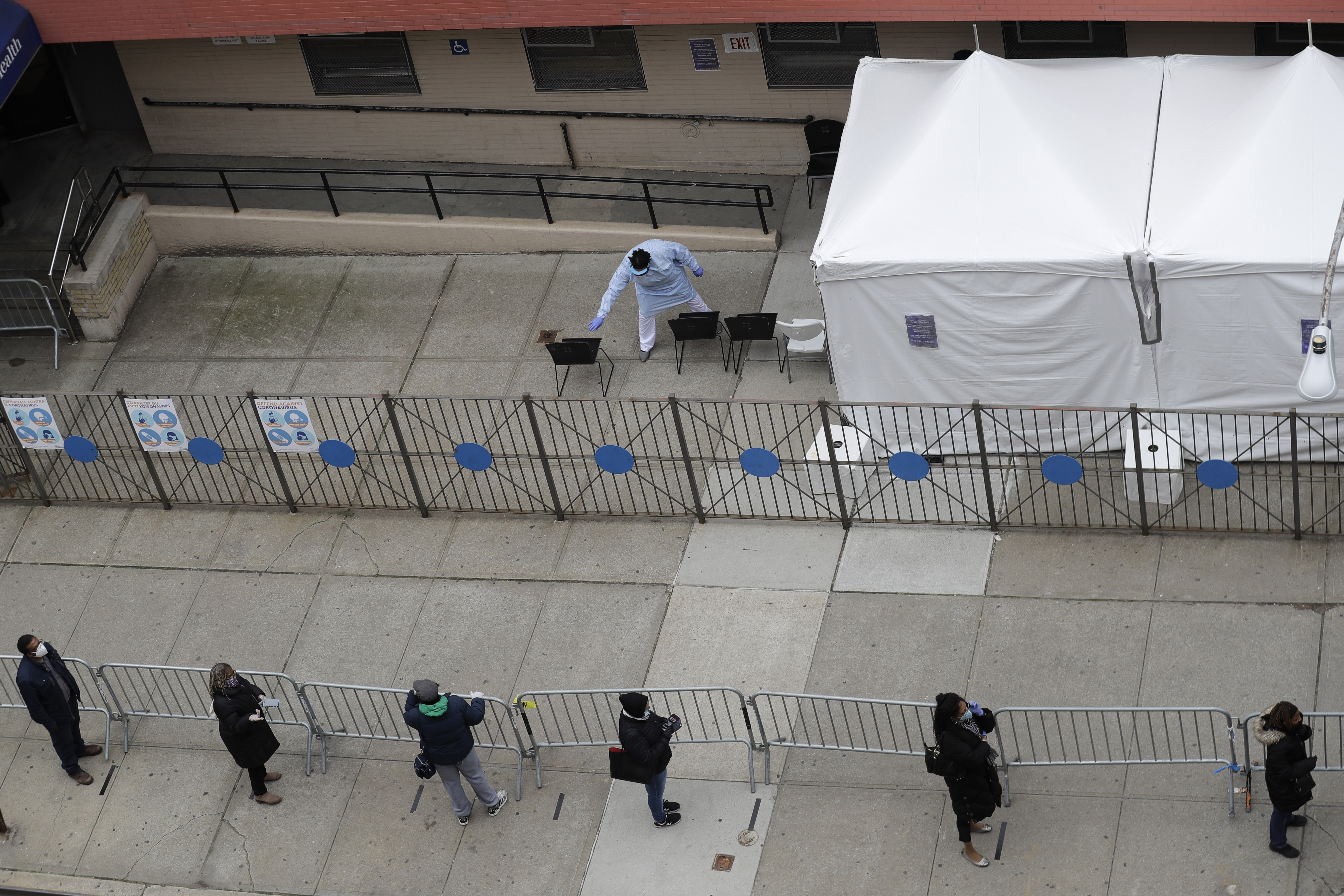
People stand in line as they wait to get tested for COVID-19 at a new testing center in New York. /Seth Wenig/AP Photo
People stand in line as they wait to get tested for COVID-19 at a new testing center in New York. /Seth Wenig/AP Photo
With the best will in the world, after a while in lockdown the public needs something to look forward to, a clear end in sight – but it's difficult for authorities to provide that when there is such uncertainty. As with so much in fighting pandemics, knowledge is power: the more testing that has been carried out, the clearer the picture of how prevalent the problem is.
The trouble is, many countries are scrambling to catch up on their analysis homework. The former chief scientific advisor to the UK, David King, has said: "Until we get testing done on a very much wider scale, we're not going to begin to manage this," noting also that the inconsistent recording of deaths outside hospitals meant "we really haven't a clue where we are."
READ MORE: South Korea lauded for 'test, trace, treat' method
Almost all experts of medicine or epidemiology insist testing is vital, and many warn that fools rush in – or rather, back out. "Keep the shutdown until we know we can cope with patients," insists Bharat Pankhania, a University of Exeter senior clinical lecturer who worked in the field to combat SARS and Ebola.
"Use the opportunity to scale up the manufacture of PPE [personal protective equipment] and ventilators," he suggests. "When you feel you have amassed your PPE, test kits, the army needed to do the tests and army of contact testers, that is when you lift the shutdown. But you only do that when you know the test numbers are in a sustained downward trajectory."
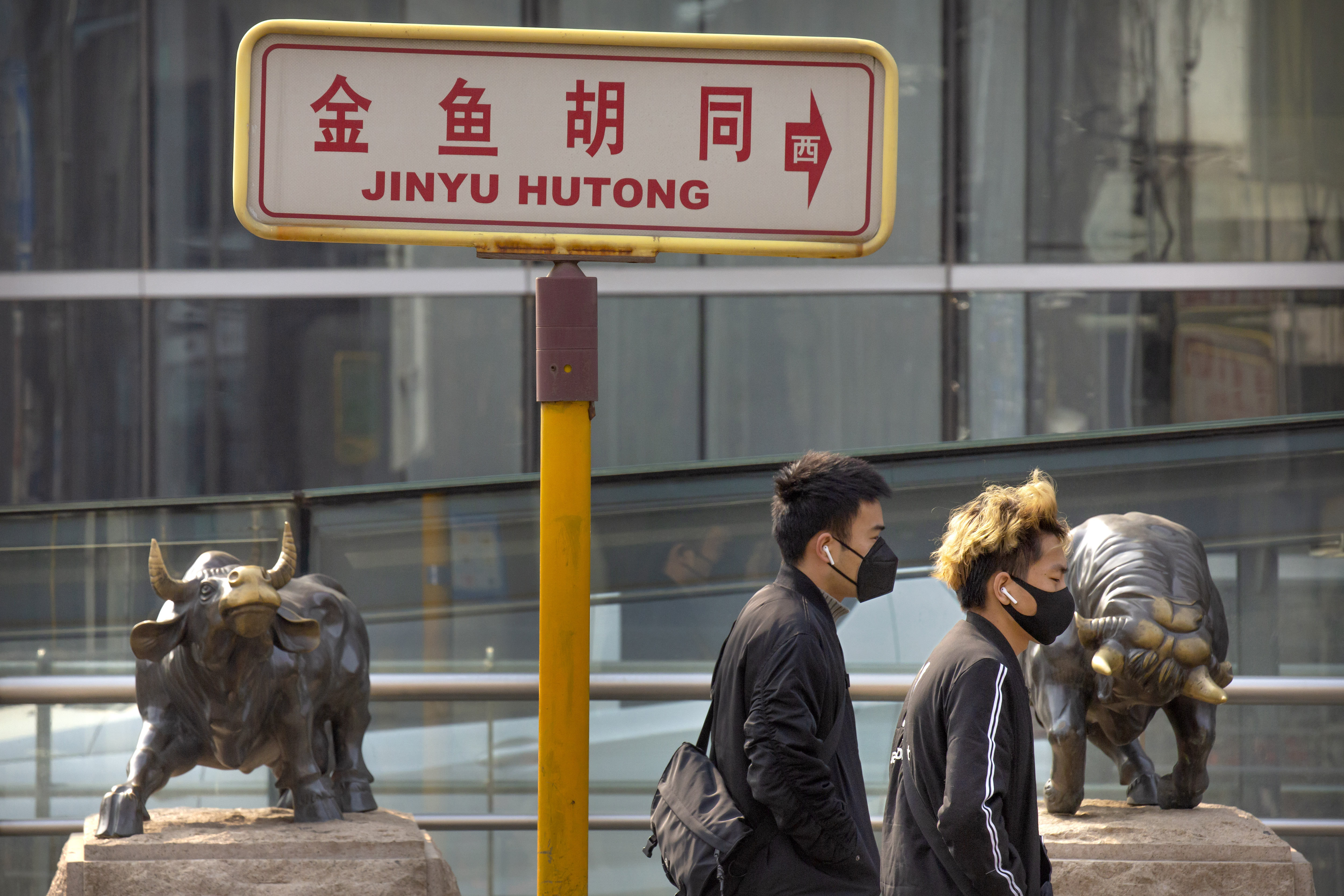
People wearing face masks walk past statues of bulls in Beijing, Feb 2020. /Mark Schiefelbein/AP Photo
People wearing face masks walk past statues of bulls in Beijing, Feb 2020. /Mark Schiefelbein/AP Photo
Different ways out
There are many ways out of full lockdown, and the governments of continental Europe are experimenting with various measures; if nothing else, they're testing the water.
Italy, the first European country wracked by COVID-19, has permitted some small businesses (bookshops, children's clothes shops, laundries, stationers) to reopen in some regions. Spain has allowed some construction and factory workers back to work; Belgium has permitted the reopening of garden centers; Poland has reopened parks and forests.
Most plans are staged. Denmark has opened daycare centers and primary schools but restaurants and cafes remain closed. Austria has already reopened small shops, DIY stores and garden centers plus public parks, with plans for further staged reopenings of stores and restaurants – unless the virus flares up.
READ MORE: European countries take small steps to ease lockdown rules
Neighboring Switzerland has announced a similar three-phase easing – small stores, then schools, then bars and restaurants – to commence on 27 April. Denmark is starting with schools, then cafes. Czechia has a five-stage schedule, the U.S. a three-phase plan.
READ MORE: Three-phase economic plan to reopen the U.S.
02:29
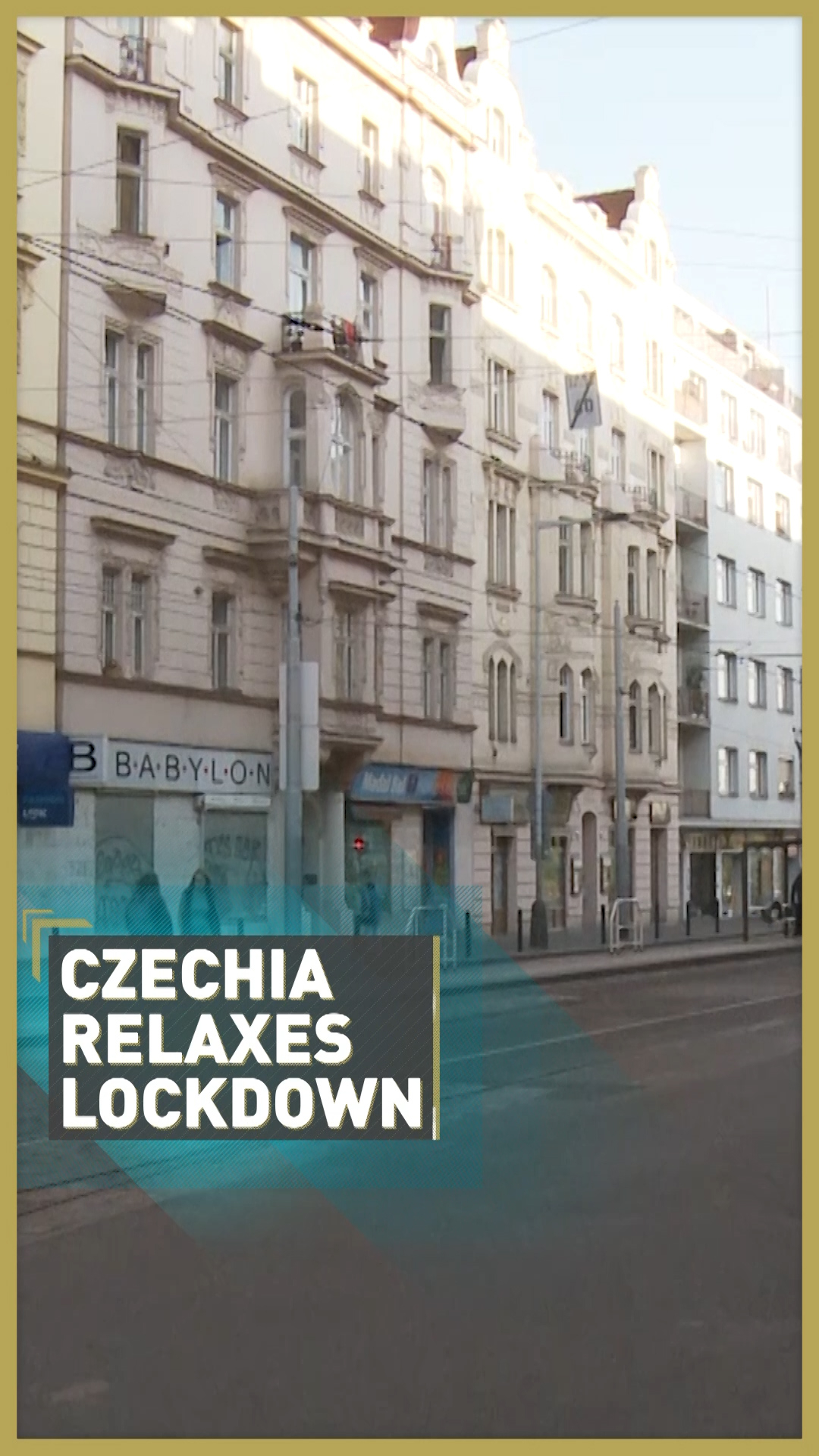
Other countries are yet to announce their timetables. The UK's lack of clarity may be down to an absence of testing or possibly leadership – but other countries, from Portugal to Greece, are also waiting before announcing plans.
Together we have taken control of the virus, therefore we can open up society little by little
- Erna Solberg, Norwegian prime minister
Norway's strict lockdown
Even when countries act decisively and apparently successfully to clamp down on COVID-19, it can be difficult to plot a clear course out of it. On 12 March, Norway's prime minister Erna Solberg announced the country's "strongest-ever peacetime measures" to lock down the country.
Medically, it has worked: by 25 April Norway had recorded 201 COVID-19 deaths, while neighboring Sweden, which didn't lock down, had 2,192 – almost six times as many per head of population. Norwegian health minister Bent Hoie has said the pandemic is "under control," with the coronavirus's reproductive rate cut from 2.5 to 0.7 – below the threshold of 1 which usually means the disease will die off.
However, there are economic side effects. Norway's unemployment rate has soared to 15.4 percent, the highest since the 1930s. On 7 April, the country's COVID-19 task force published an analysis into extending this hard lockdown for the 18 months it is expected to find and distribute a vaccine – and concluded that the value of extra lives saved would be tiny compared to the economic cost.
03:09
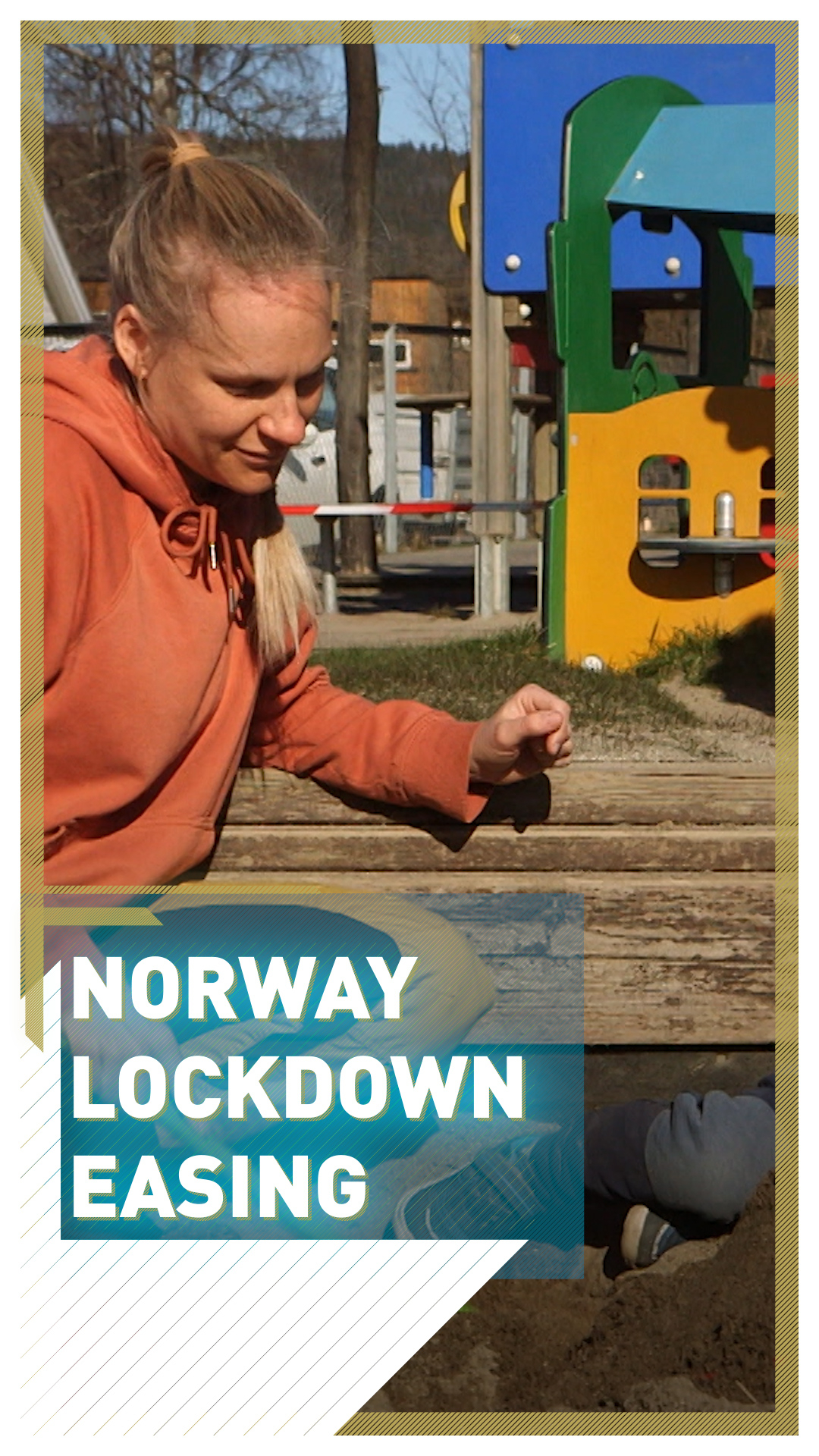
That same day, Solberg announced that Norway would start to relax restrictions, starting with the reopening of nurseries from 20 April. "Together we have taken control of the virus," said Solberg, "therefore we can open up society little by little."
However, it will be a gradual process. Working from home will continue, and major events will still be banned until at least mid-June. Norwegians are strongly advised against traveling outside the country – and foreigners without the right to work are still barred, unless they are European citizens working in economically crucial sectors such as agriculture, fisheries or oil.
Most governments will have to strike that balance between saving lives and saving the economy – finance and medicine will be pulling in opposite directions, and leaning too far towards one might mean sacrificing the other. There is, too, the question of re-establishing a commercial presence on a global stage left wide open: a country that carefully tiptoes back into the open might find its businesses gazumped by those of a competitor that sprints back into the market.
A related concern for commerce is when countries are at different stages of recovery. How do you deal with neighbors who are still wracked by the disease? Having been the early epicenter, China is now through the worst of it and quarantining visitors to prevent another outbreak; meanwhile much further back down the curve, neighboring Russia is witnessing a spike in cases and has closed its own borders.
READ MORE: Spike in cases puts stress on Russian healthcare system
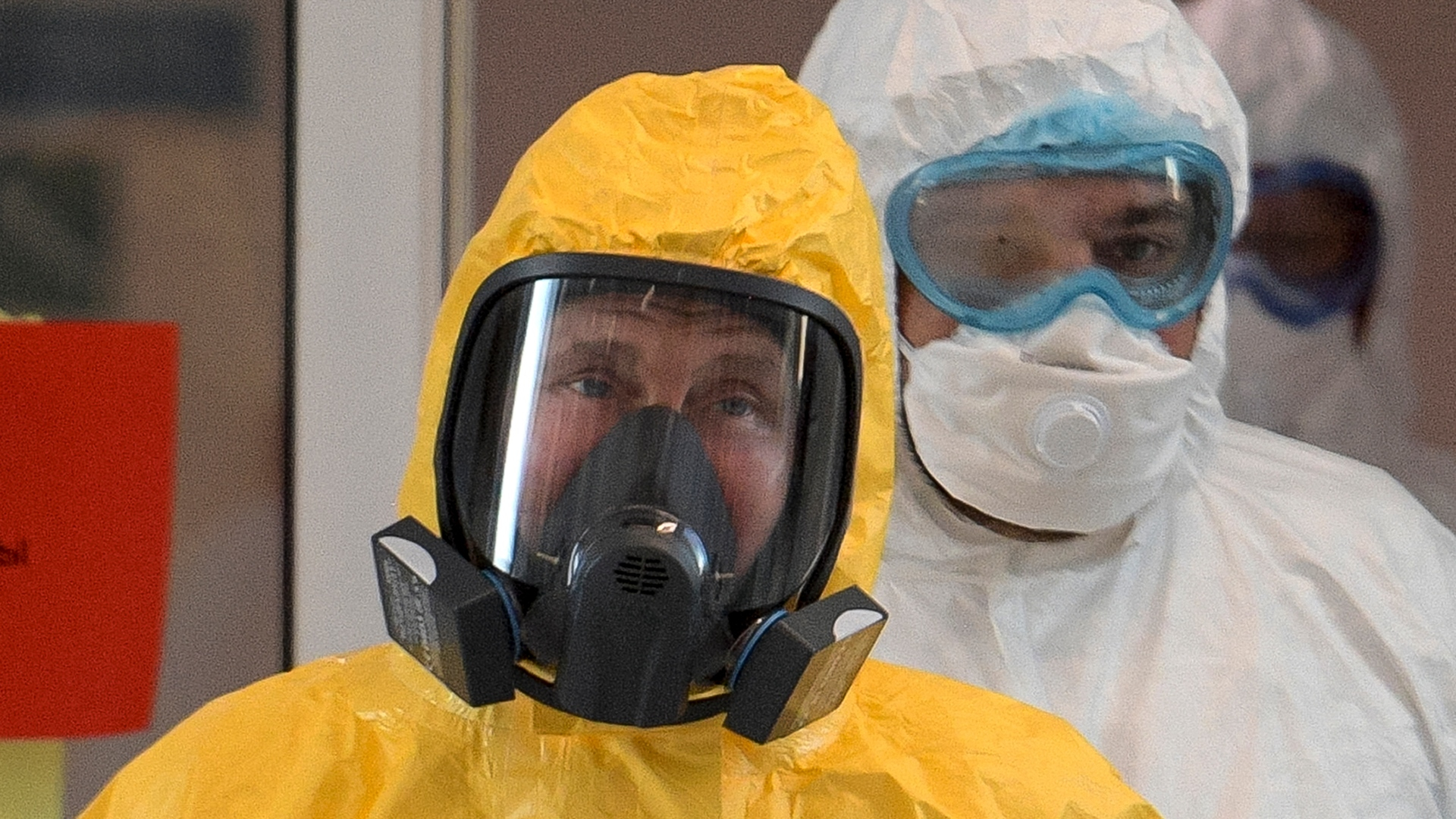
Russia's president, Vladimir Putin, wears a protective suit to visit the hospital for coronavirus patients in Kommunarka, outside Moscow. /AP
Russia's president, Vladimir Putin, wears a protective suit to visit the hospital for coronavirus patients in Kommunarka, outside Moscow. /AP
Technology and moral hazard
These are not easy decisions to make, especially around emotive subjects like death, loneliness and vulnerability. Governments have discussed various ideas with what might be perceived as winners and losers: not just which business sectors should re-emerge in which order, but whether the young and fit should be granted earlier freedoms than vulnerable and economically inactive pensioners.
Furthermore, while there is a clear logic to freeing those in whom antibody tests demonstrate immunity, there is also an implicit moral hazard: might people risk catching COVID-19 in order to regain their freedom? And while a blanket curfew is relatively easy to police, would a gradual return to public life require law enforcement agencies to frequently check law-abiding citizens' right to be on the street?
There are few short-term options. 1. Let the virus go and thousands die. 2. Lockdown and release cycles which will destroy economy and society. 3. Aggressive test, trace, isolate strategy supported with soft physical distancing
- Devi Sridhar, director of the Global Health Governance program
Here, technology can be useful – but, as is often the case, can also raise questions. As their names suggest, tracker and tracer apps can help the authorities monitor the movements of COVID-19 sufferers.
Several governments, from Ireland to Russia to South Korea and Australia, have announced their intention to use tracer apps, which utilize big data to ascertain areas of infection – and the movements of the infected. By analyzing Bluetooth "pings" and GPS data, apps can alert other users who have been dangerously close to the infected, encouraging them to take precautions such as self-isolation or, if possible, testing.
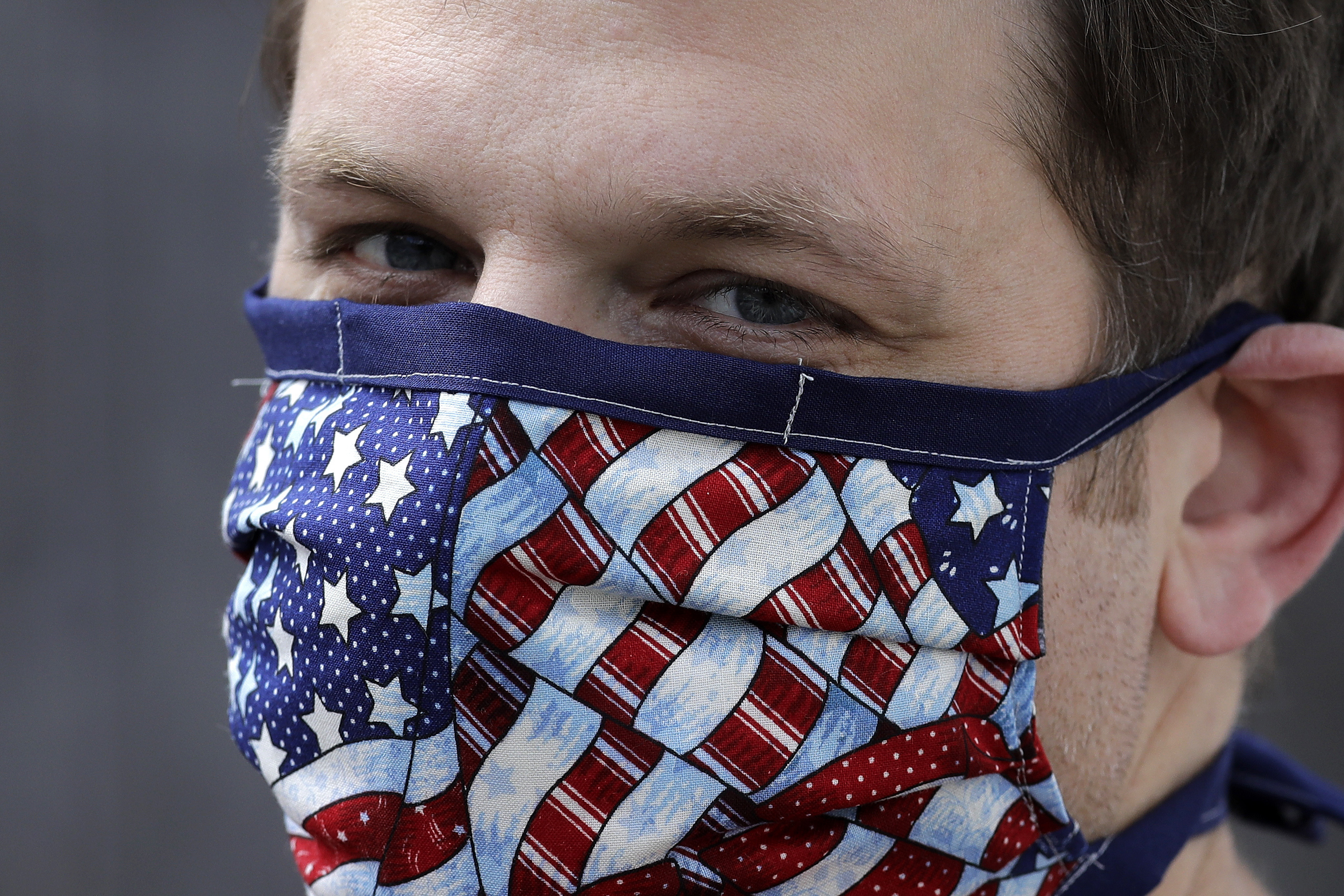
Drew Grande, 40, of Cranston, Rhode Island began a log for contact tracing on his smartphone at the beginning of April. /Steven Senne/ AP Photo
Drew Grande, 40, of Cranston, Rhode Island began a log for contact tracing on his smartphone at the beginning of April. /Steven Senne/ AP Photo
Similar apps can also be used as virtual passports for those who are safe to circulate. In Wuhan, the original epicenter of the outbreak, citizens register for a color-coded health app: those with green QR codes are free to leave their city.
Some might say such usage of data infringes privacy, but the apps are careful to anonymize the users: if you have a tracer app, you aren't told that "John Smith has COVID-19," only that an anonymous user you have been close to has reported an infection. Similarly, the passport apps are a technological version of the paperwork necessary unless we either wait for everyone to recover or end lockdowns dangerously early.
As Devi Sridhar – the chair of global public health at Edinburgh Medical School and director of the Global Health Governance program – tweeted: "There are few short-term options. 1: Let the virus go and thousands die. 2: Lockdown and release cycles which will destroy economy and society. 3: Aggressive test, trace, isolate strategy supported with soft physical distancing."
We do not know of a safe and effective vaccine, nor do we know if a safe and effective drug will work to eliminate the COVID-19 infection once it has occurred. In the absence of these, our best bet is based on prevention
- Arindam Basu, University of Canterbury, New Zealand
There is no reset button
While maintaining public morale, governments must also dampen expectations. Even an end to lockdown would not represent a return to normality. With neither vaccine nor cure expected for at least 18 months, infection-reducing distancing may be here for a long time yet – and that's before the horrifying but unavoidable possibility of a second wave.
"At this time, we do not know of a safe and effective vaccine, nor do we know if a safe and effective drug will work to eliminate the COVID-19 infection once it has occurred," said Arindam Basu, associate professor of epidemiology and environmental health at the University of Canterbury in New Zealand. "In the absence of these, our best bet is based on prevention."
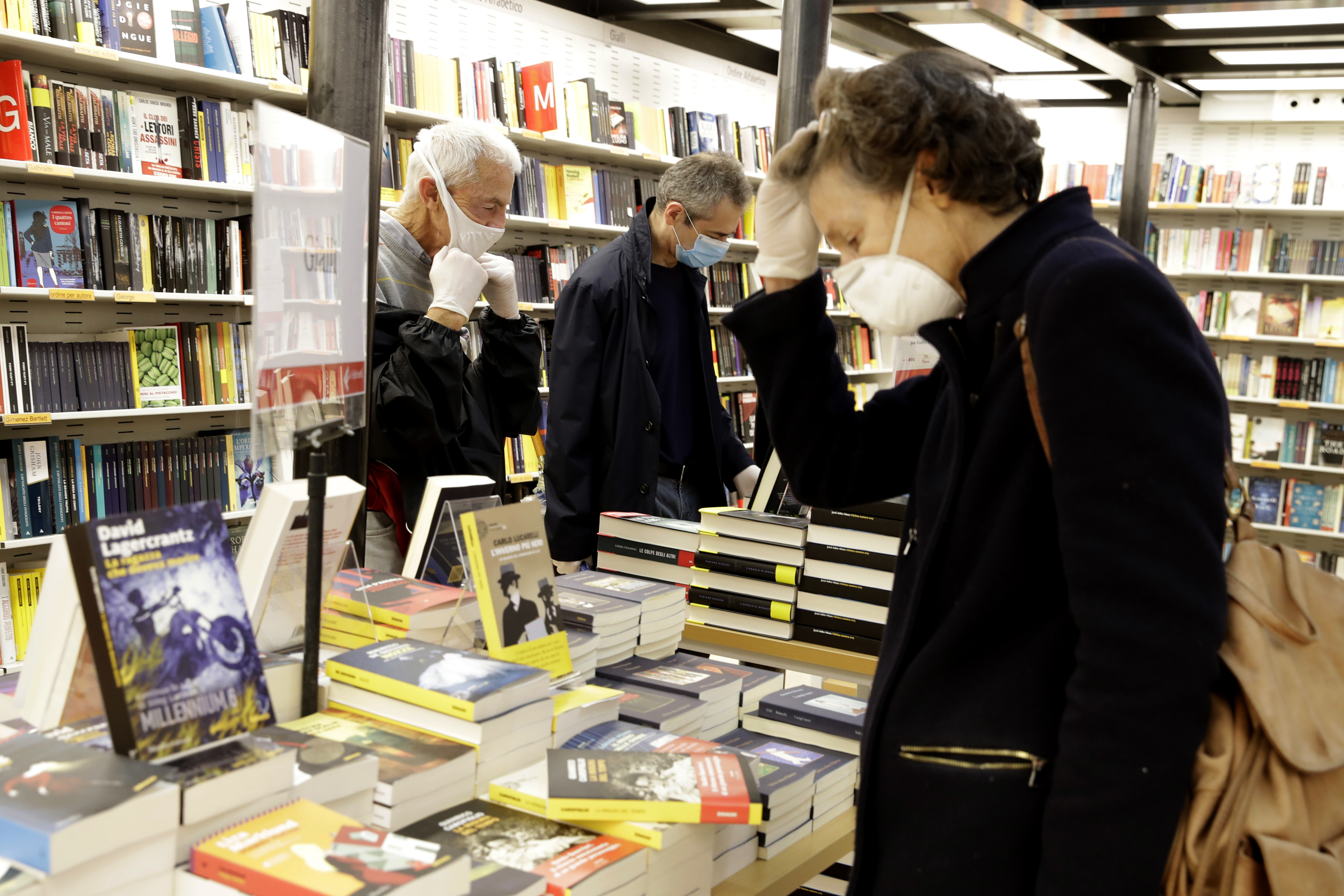
People wearing face masks browse in a Rome bookstore. /Alessandra Tarantino/AP
People wearing face masks browse in a Rome bookstore. /Alessandra Tarantino/AP
After the Spanish flu a century ago, societal attitudes didn't simply reset. "When cities lifted public-gathering bans, they often did so with the proviso that people wear masks when attending theaters," noted historian and author Nancy Tomes. "Mask-wearing gained considerable popularity as an emblem of public spiritedness and discipline."
Perhaps, then, there is no such thing as an exit strategy to the previous state of affairs: COVID-19 has changed the world, and it would be foolish to imagine any clever plan could undo that in short order.
It won't be a return to normal life… from 11 May, we will enter a second phase, when we will regain some of our freedoms
- French prime minister Edouard Philippe
On 15 April, UK health minister Nadine Dorries – who herself tested positive for COVID-19 before recovering – tweeted "Journalists should stop asking about an 'exit strategy.' There is only one way we can 'exit' full lockdown and that is when we have a vaccine. Until then, we need to find ways we can adapt society and strike a balance between the health of the nation and our economy."
On 19 April, French prime minister Edouard Philippe announced the intention to lift some restrictions in mid-May, thereby ending a lockdown that will by then have lasted eight weeks.
"From 11 May, we will enter a second phase, when we will regain some of our freedoms," Philippe promised. But the promise came with a warning: "It won't be a return to normal life."